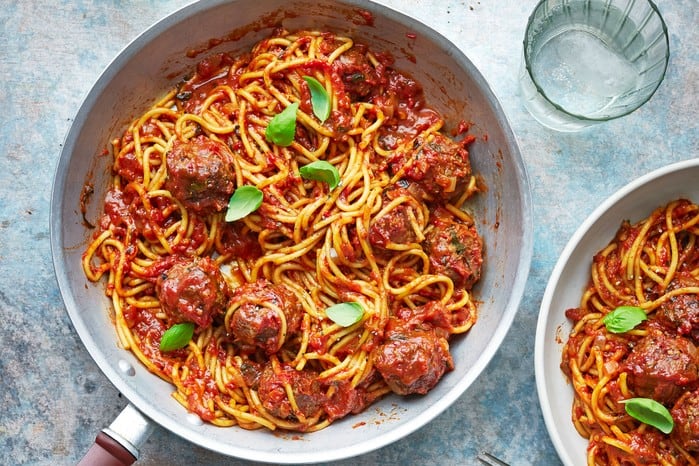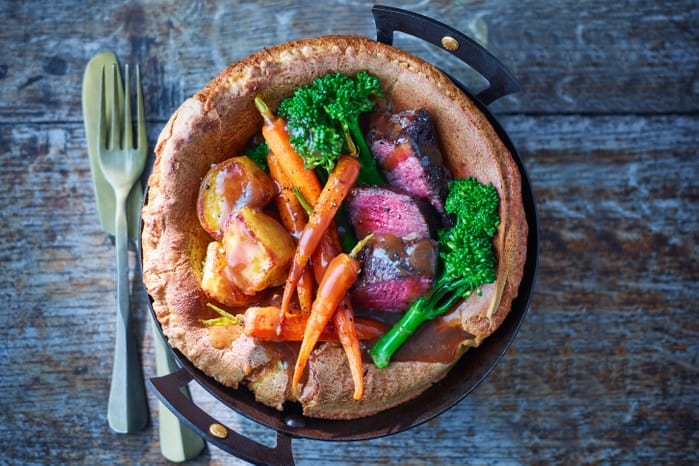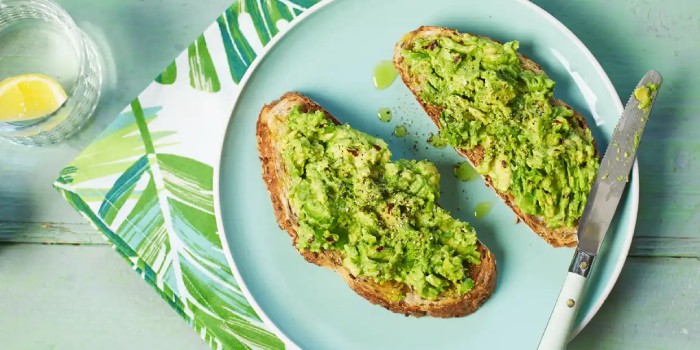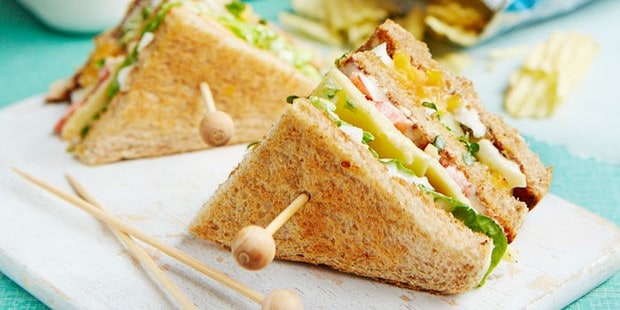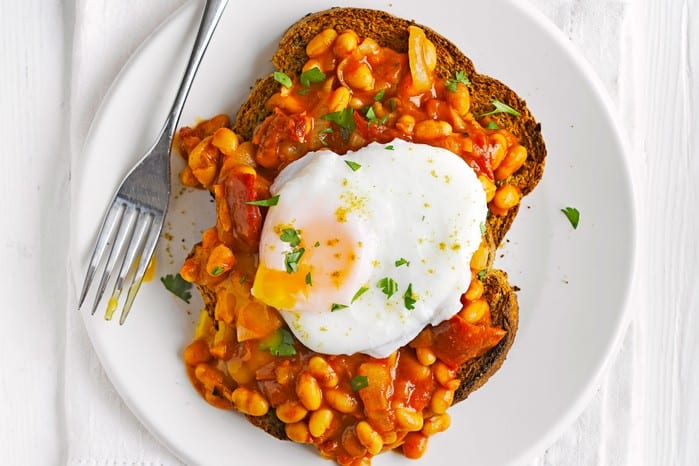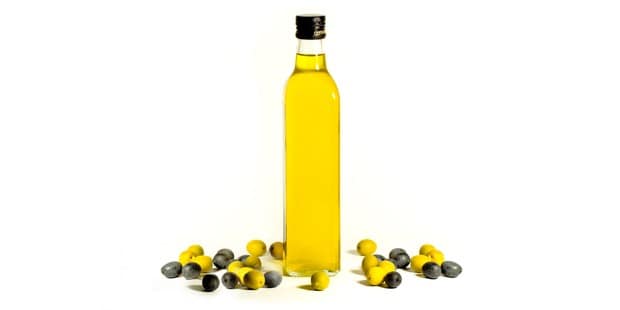With energy costs rising and food shopping bills costing more and more, it’s time to up your savvy when it comes to tackling supermarket shopping and becoming more canny in the kitchen. Planning, scrupulous use of a budget, exploring more economical buying options and exercising some common sense when it comes to best-before dates should go some way to buffering the rising cost of putting food on the table.

1) Planning ahead & budgeting
• Make a budget and try to stick to it. That way, you won’t be tempted to waste money on food you don’t need.
• Write down a shopping list that corresponds to a meal plan. Knowing what food you want to cook and when you plan to cook it throughout the week will mitigate food waste and help you to factor in your leftovers.
• Be prepared to swap in ingredients that you can’t get or that have gone up in price while you’re shopping.
• Don’t shop hungry or you’ll buy too much food
Shopping

2) Explore bulk buying
If you have the storage space, buy rice in bulk as it’s cheaper than buying it in smaller amounts. It costs around £2.20 a kilo for 5kg of basmati rice vs £5.80 a kilo for a 500g bag. Look for bulk bags of rice in grocery stores or the world food aisle at a big supermarket.

3) Buy fruit and vegetables in season
Try to buy most of your fresh produce in the season that it’s grown and harvested. If it’s grown close to home, with no transport or freight costs, the produce on offer should be competitively priced.

4) Look out for offers on fresh produce
Some greengrocers have bargain bins of produce or offer bulk-buying on certain items, such as overly ripe bananas or blueberries. Supermarkets also sell off produce that’s going out of date, so shop at the end of the day when the stock is checked and goods are reduced.

5) Opt for less but better quality meat
Cured meats in small amounts can pack a punch flavour-wise, so try adding a few slices of chorizo or a spoonful of ‘nduja to meals. Cutting the amount of meat you buy will enable you to buy better quality meat in the long term.

6) Choose cheaper cuts
The difference in price between chicken breasts and thighs is bigger than you may think: about £7.33 a kilo vs £1.85 a kilo. The cost also goes up for organic meat. Choose lamb neck over lamb chops, pork collar over shoulder and so on, to save money.

7) Use frozen veg
Frozen veg comes ready prepped, so you won’t discard any of the weight that you buy. It’s easy to portion and you can use small amounts quickly. Just stir into your pan of food and heat until cooked.

8) Herb care
Cut herbs are expensive, so store the stems submerged in water in the fridge and you won’t waste a leaf. This works especially well for coriander and keeps the leaves in tip-top condition.
Cook smart

9) Generate leftovers
I always try to make more of any evening meal I cook in the hope that there will be leftovers for lunchboxes the next day. Pasta, noodles or rice dishes are all good for making in excess and might save you having to buy your lunch the following day.

10) Buy a pressure cooker
Using a pressure cooker cuts down on cooking time and allows you to buy cheaper ingredients that usually need a longer time to cook. These include beans and pulses (which can be cooked dry or soaked) and cheaper cuts of meat. A pressure cooker also makes the most of meat bones and carcasses, extracting every last bit of flavour from them for stock.
11) Stock up your freezer
Ensure you have a good range of frozen food – it’ll last longer and you’ll save on food waste as you’ll only use what you need. It’s a misconception that frozen produce isn’t as good for you as fresh. Frozen vegetables are often frozen soon after picking, so the nutrients are preserved. Use a white board pen to keep a tally on your freezer or fridge door of what you have in stock, so you don’t have to rummage.
12) Use everything
Something as simple as eating your cauliflower and broccoli stalks rather than throwing them away can be cost effective and save waste. Trim any woody bits, or just peel and cut into slices or strips and cook along with the florets. Stale bread can be made into puddings or whizz into breadcrumbs to make crunchy toppings for bakes and pasta.
13) Cook dried pulses when the oven is on
Dried beans and pulses are cheaper to buy than canned ones but you have to soak then cook them. Using the oven to cook two items at a time makes economic sense, so make use of that spare oven shelf by cooking a pan of beans along with your main meal. Bring the soaked beans or pulses up to the boil in a large pan, then transfer to a baking dish with a tight-fitting lid and bake in the oven until tender. Listen to The Food Programme about beans on BBC Radio 4 while you cook.

14) Batch cook basic ingredients
When making tomato sauce, I often make two or three times the recipe and freeze in portions for a quick pasta sauce or for adding to vegetable or meat dishes. You can do the same with batches of fried onions or white sauce. If you have cheese that’s past its best, make a cheese sauce and freeze in portions.

15) Make your own treats
A simple homemade oat cookie, flapjack or a cake that lasts in a tin for a few days will satisfy a sweet tooth. Cut into small pieces so it lasts longer and is cost effective.
Budget saving hacks

16) Roll a rolling pin along the length of a tube of tomato purée and whatever remnants are left in the tube will squish out.
17) Regrow lettuce from stalks. Pop a stalk in a container of fresh water in a sunny spot in the kitchen and, with any luck, the stalk should reshoot with micro lettuce leaves after four to five days – that’s enough to put in a sandwich. This works especially well with the living lettuces that are sold with their roots.
18) Replant supermarket herbs in bigger pots – if you tend them, they’ll keep growing.
19) Dust off appliances you may not use regularly to save on food waste. Use a blender or food processor to whizz up banana ice cream using sliced and frozen overripe banana, chop herbs for freezing or turn some never-going-to-ripen tomatoes into a purée (which you can also freeze).
20) Make a regular stocktake of your kitchen. Knowing what is in your freezer, fridge and store cupboard will ensure you let nothing go to waste or end up buying anything in duplicate, which is a waste of money.
21) Know your dates
Make sure you know the difference between best-before and use-by dates. Use-by dates indicate a period when food is no longer safe to eat and should always be adhered to. They’re usually found on perishable goods and it may be dangerous to consume them past that date. Best-before dates indicate the optimum quality of an ingredient – the items are safe to consume past this date but may not be in peak condition.
Cook Smart is a supportive campaign developed by BBC Good Food to bring together knowledge and ideas on how to help everyone eat well on a budget. Read more about Cook Smart with BBC Good Food.
Have you got any tips on how to eat on a budget? Leave a comment below…

